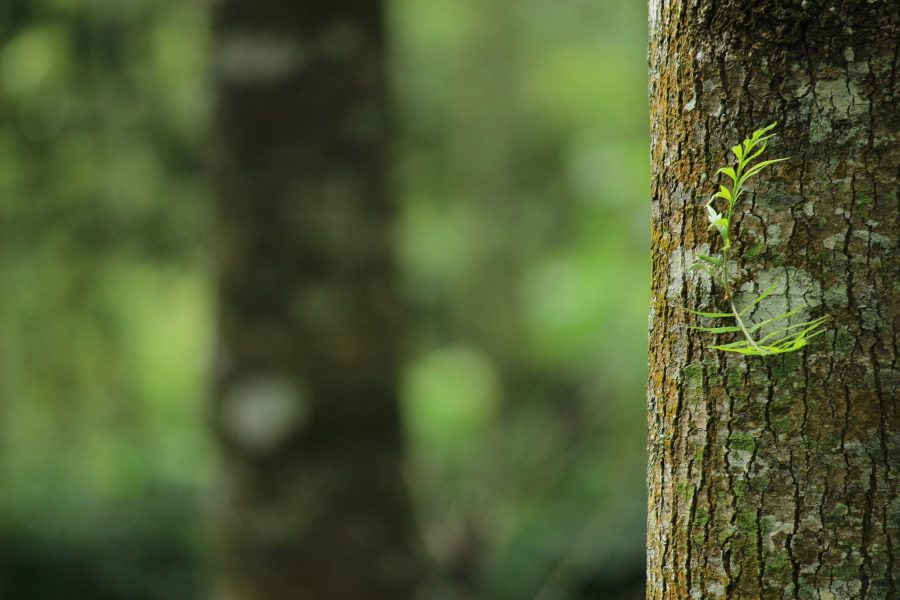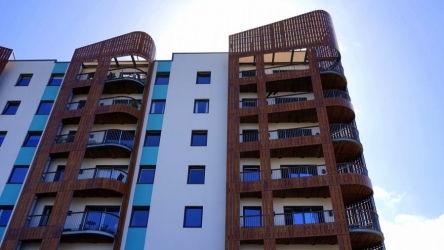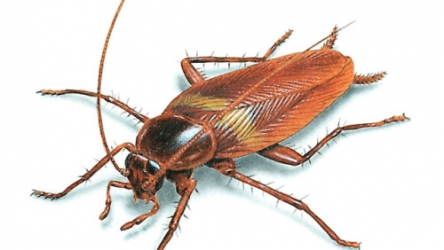
Dead, sick, and old trees can be an immense hazard for homeowners and bystanders. Commercial buildings and industrial parks are in danger of falling trees. Even people driving down the road are not safe when the wind whips up and knocks down a heavy limb or tree. Here are a few ways you can tell if a tree on your property is old or has a disease. While having many trees on your landscape is a brilliant idea, a time comes when you’re compelled to fell one or several of them. You might not want to remove any tree, bearing in mind how long it would take the tree you plant to mature, but here’s why you might find this hard decision inevitable.
The Bark on the Tree Looks Strange
Discoloration is a common sign that there is a problem with the bark on a tree. Long, dark cracks and holes from birds, like woodpeckers, can also be a sign of an old or damaged tree. A more subtle hint is the bark lifting off from the main stem. You may see patches of bark missing. Parts of the bark may be peeling away in sheets. All these signs are potential warnings that you have a tree that could fall on you or someone else.
Dead Branches and Shoots
A tree care specialist will warn property owners to look out for any dead limbs and also provide tips for keeping trees healthy. New growth that suddenly dies off is a big red flag. Trees that grow in a strange way can be another sign of a problem. For example, a maple tree with one or two branches and very few leaves is not normal.
Leaves are Different Colors or Turn Prematurely
Trees that do not grow leaves can have a disease. These trees may show signs early in the fall as well. For instance, a tree with yellow leaves in the summer is out of the ordinary. Sometimes, a tree will produce leaves in the spring that immediately change. This quick turning is a warning that there are problems lurking that you may not know about or realize.
Trees Are Rotting From the Inside Out
Something you may not think about until now is mushrooms and other fungi growing out of the trunk of a tree. Seeing this growth means the tree is dead inside or close to dead. Sunken in places, missing bark, and holes in the tree are other signs it is not healthy.
Pests and weather play a tremendous part in the health of trees and whether they are safe. When you notice there are strange-looking things going on with one or more trees, it is important to look more closely. A branch can easily topple down from a weak tree. People are in the most danger when there is a storm or lots of wind, but it does not take these forces to bring down a tree.
The Tree Has Structural Problems
A tree with structural issues poses a danger to your property and other people as well. Most trees develop structural problems because they were not properly planted, or they have shallow roots. Some trees develop these issues when growing; probably because of unsuitable soil type or exposure to too much sun, or even lack of it. Such problems often occur when you plant without authorization by an arborist. If you spot a tree with structural defects, you should contact a tree service professional to remove it instead of felling it yourself. A tree with structural defects should be removed soonest possible since it’s a calamity or hazard in waiting.
The Tree Is Either Dead or Diseased
Besides all the other benefits that the trees bring, they also serve an aesthetic purpose. However, dead or diseased trees compromise the aesthetics of your property in a big way. If the affected trees aren’t removed in good time, they could spread the disease to the other trees on your property. If you don’t timely diagnose and treat the diseased tree, it could sag or shed of the branches or even die. It could get tree care worse if pests infest the diseased or dead tree since they could also infest and destroy the other healthy trees and even invade your home. Furthermore, when the tree begins to decay, it becomes an eyesore that deprives of your property its beauty.
Poorly Located Trees
When a tree outgrows its initial location, then it becomes a threat to your property. If it grows under the utility lines or over the house or road, it becomes a health hazard to both your family members and visitors. Apart from falling and injuring passersby or damaging your house, the tree roots might spread invasively and compromise the integrity of your property’s foundation. You shouldn’t wait until the problem aggravates because it would be costly in the long run. It’s simpler to remove it and avert the lurking danger, especially when it is an issue affecting your property, sewer connections, and utility lines.
No one wants to see a tree they have watered and mulched for many years go down. However, removing the tree is sometimes the only thing you have to do to keep yourself, your family, visitors, and your property safe. With this in mind, you now know that tree removal is not always done in bad faith.







